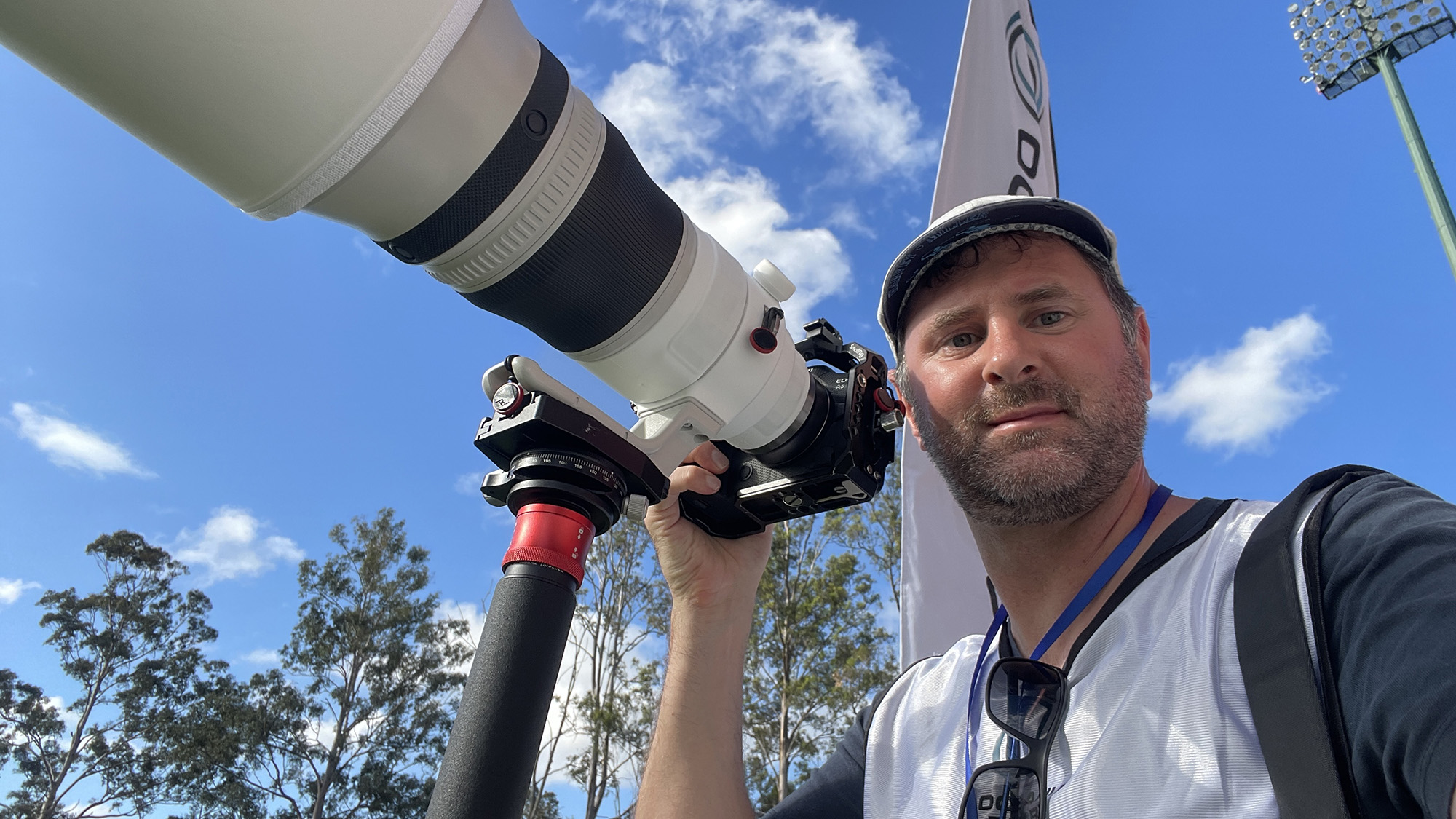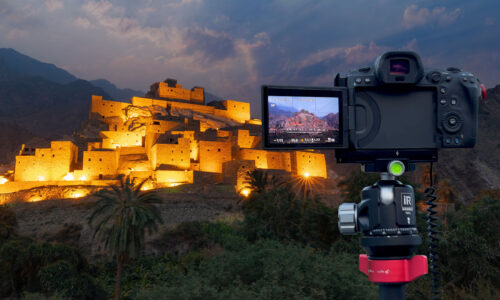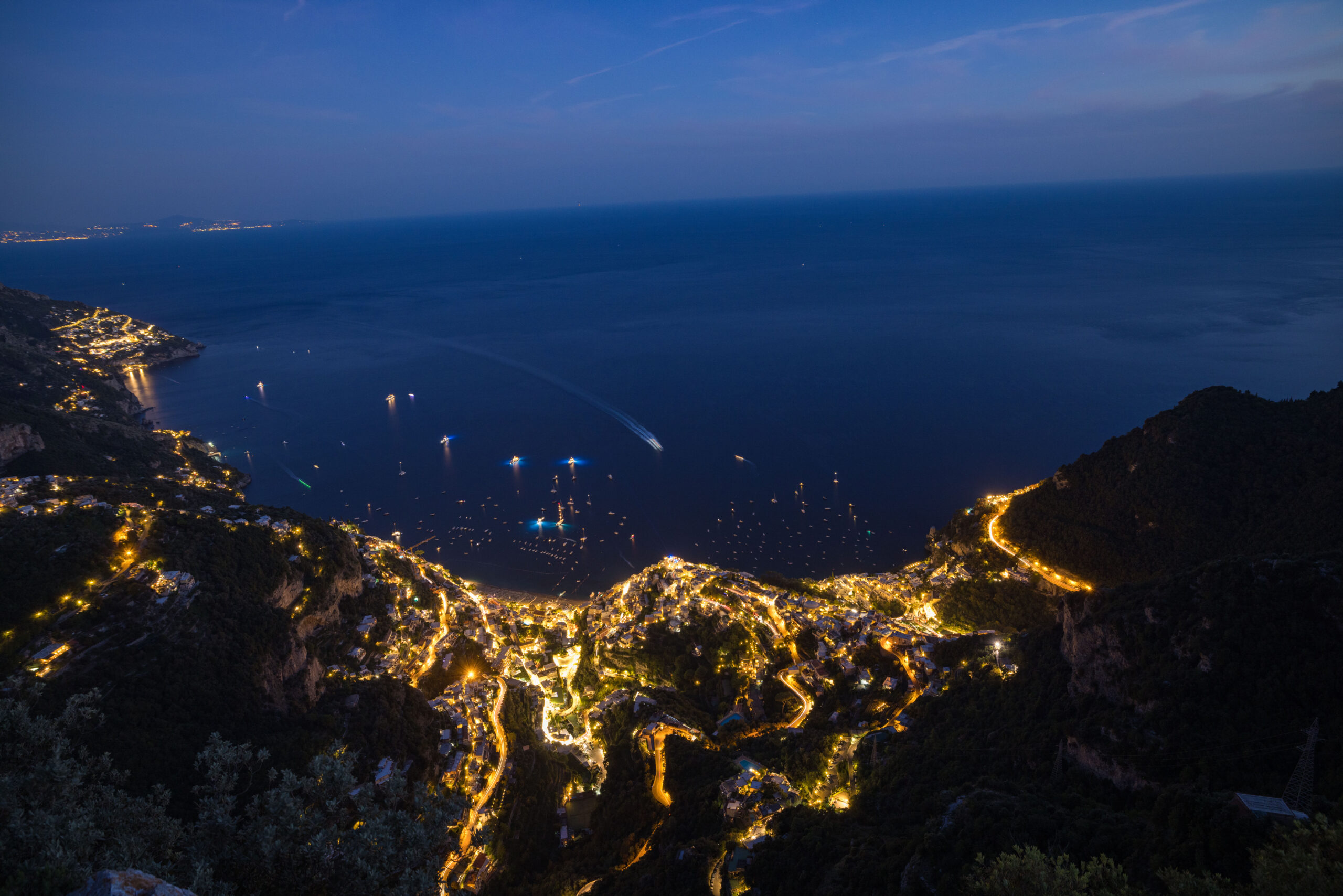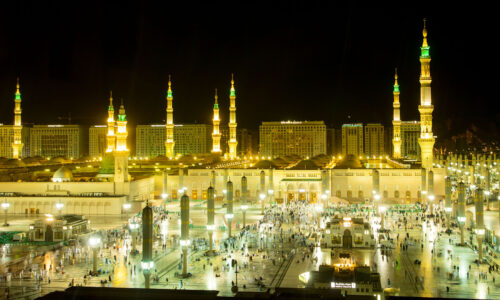4 Years With The Canon R Series

It’s now been almost 4 years since i bought in to the Canon R series and what a transition it’s been from moving away from DSLR and Micro Four Thirds. Here’s a quick video explaining the RF lenses i own and the reasons why.
#canon #canonphotography #canoncamera #canonrf #canonrseries
Canon RF15-35 f2.8
This lens is great for those for wide close up shots, it’s great for landscapes, interior and architectural compositions and also street and urban style photography.
This is the lens I use for those ultra wide stadium shots, close ups of players, and fans on the sidelines and that type of thing.
Also, this is a lens I take with me when travelling, as it’s relatively light and compact for an f2.8 L series lens. I think this has been with me almost everywhere I’ve travelled and it’s taken a few scrapes and bangs along the way, but it’s surprisingly tough when considering this is only weighs 840grams, which is a bit heavier than the EF16-35 f/2.8 but this is 1mm wider and has image stabilisation built in.
As I mentioned it’s great for landscapes, time-lapse photography, interiors, general street and urban photography and also good for capturing video as that 35mm focal length is a fairly common standard for motion capture. However, at 15mm with image stabilisation turned on, and even with the sensor crop there can be this kind of weird wobble effect, so be aware of that before shooting. It doesn’t seem to affect photos in anyway but It’s because of the in body stabilisation system. It’s not often you find an extremely wide lens with optical and in-body stabilisation combined, and as a result the wider end has some limitations. I think Canon are trying to fix this with firmware updates but for now just be aware there is a slight issue at 15mm.
It’s an RF lens designed for the full frame R series cameras. It’s extremely sharp lens from f5.6 to f8 but this can be used wide open at f2.8 and this will still produce stunning results and the depth of field looks incredible, such a fantastic lens.
The 15mm focal range is usually wide enough for most situations and 35mm is a good focal distance for general photography and also for video.
However, the 35mm range can be limiting at times, especially if you don’t want to carry extra lenses, but when paired with an R5 camera you have that extra crop factor with the 45mp sensor. There’s been several occasions where I’ve had to crop in and still maintained a sufficient level of resolution.
The 15mm end is extremely wide and 1mm wider than the older EF16-35 version but because of there in-built stabilisation, I’m quite often shooting handheld stitched panoramic photos when in stadiums or in tight areas. The results are normally quite good but on occasions at 15mm the software stitching the photos doesn’t always work that well. So it’s alway best to get that single shot just in case.
It’s expensive but that’s what you have expect now with the new RF L series of lenses. None of these lenses are going to be cheap. You can always revert back to the EF version which is 16-35 f/2.8 or even give the EF10-22mm F/4. If you’re thinking of moving to the RF mount it will be a serious investment and you’re going to need extremely deep pockets.
These are likely to be available in used or refurbished conditions if your budget is tight. There is also the new RF14-35 f/4 if you need that extra focal range and don’t mind losing a stop of light. Also, consider the Canon RF 15-30mm f/4.5-6.3 as a much cheaper option. I’m sticking with the 15-35 for now.
Canon RF28-70mm f/2
The 28-70mm f/2 is the perfect lens for lower light conditions, portraits, demanding close up action scenarios, and works well as a sort of proxy prime lens that covers 35, 50 and 70mm focal ranges but maintains that ultra sharp quality you’d expect from a fixed prime.
This lens is big and quite heavy! But it’s also possibly one of the best ever made by Canon. It was released fairly early in the development of the R series, around September 2018. So Canon knew what they were doing from the start with the RF mount, and it was a sign of what was to come later in the RF line up.
The 28mm range can be a slightly limiting at times. There’s been situations when I’ve needed to be wider, especially for interior architectural work, but this lens just delivers quality imagery. To have a 28mm to 70mm focal range at an f2 constant aperture is a bit of a luxury to be honest. The depth of field in this lens creates that type of surreal, magical imagery only wide apertures can achieve.
The 70mm range at f2 consistently delivers stunning results and it almost negates the need for the use of 35mm and 50mm prime lenses. Just a shame it doesn’t go all the way to 85mm. That would have been amazing. Also, these no optical stabiliser on this lens. That would have been even more amazing, but also, it would have made this lens even bigger, heavier and probably more expensive than it already is.
But I’m being a little fussy here as this is a sensational lens that is amazing for all types of photography, time-lapse and also for video.
There is the older EF28-70 at f2.8 or alternatively the RF24-70 at f2.8, Canon also just released the 24-105 f/2.8 and that thing is huge and even more expensive, but this lens has an f2 aperture. But what does f2 actually get you? Well it’s a full stop of light. It’s the difference between shooting at 12,800 iso and 25,600 iso. Is it worth paying the extra money? It saves me having to carry around several extra prime lenses, so for that reason it’s been a good investment so far.
It is an extremely expensive lens but when you compare it to the Canon prime lenses at 35 or 50mm, even though it’s f/2 and not f/1.2 or f/1.4 it’s a good investment and does save a lot of space when travelling.
Canon RF70-200mm f/2.8
The 70-200 is part of my kit for its versatility and for fast action situations such sports, wildlife, but it’s also a great lens for portraits and even for some landscapes.
You can’t realistically call yourself a professional photographer[her if don’t have a 70-200 lens in your bag!
Canon released their updated f2.8 RF70-200 way back in 2019. It was slightly controversial at the time as they removed the internal zoom feature found on most 70-200 lenses. But this has made the lens much lighter at around 1kg compared to the EF MKII version which is around 1.5kg. It’s also more portable compared to the older EF version as it compacts down to only 146mm.
That’s great when it comes to travelling. But the downside is potential dust and moisture getting in to the barrel of the lens. I can say that after 4 years of using this lens I’ve not noticed any serious issues with that, and I’ve been to a lot of crazy places around the world.
It also has 5 stops of image stabilisation compared to the 3.5 on the EF MKIII, has a minimum focus distance of only 70cm compared to 1.2m, it has. A dual nano ultra sonic motor that works flawlessly with the new mirrorless audio focus system, and now has 9 aperture blades compared to 8 found on the EF versions.
It’s the most versatile lens around. The 70mm on the wide end is good for number of subjects including portraits, street and urban situations, is great for video, even when handheld utilising the 5 stops of image stabilisation all with a 2.8 constant aperture.
The 200mm end is also amazing for fast action situations I use this all the time for sports and wildlife and I almost always take it with me when travelling because of the overall portability, depth of field and low light capabilities.
I have also put this acrylic coating over it to help protect it. I did one trip and noticed it was already becoming slightly scuffed with some paint chipping off. I’m not sure what Canon uses for their lens coatings but they tend to chip very easily.
I almost always use this lens when shooting live sports. It works so well as a second camera lens combination while I’m shooting with the Canon 400mm f2.8. As that is a fixed prime lens I can’t zoom in or out so I therefore simply switch camera to the 70-200mm when my subjects are too close for the 400mm.
It’s extremely sharp from 5.6 to f8 but there’s no real issues when shooting wide open, you’re still going to create some amazing imagery and the constant aperture of 2.8 is really a necessity when shooting in lower light conditions, especially for sports and wildlife.
There are some minor irritations however, such as the use of teleconverters. Basically you can’t use any of the RF teleconverters with this lens. It must have something to do with the mirrorless mount as there are also some issues with other lenses in the Canon RF line up. It’s a minor issue for me but hopefully something Canon will fix in future upgrades.
If the f2.8 version is out of reach financially then there is the RF70-200 F4 version. It’s much cheaper and also lighter than the f2.8 version. There are also the EF MK I, MKII and MKIII versions, as well as the EF70-200 F4 versions. You’ll probably find these available in used and refurbished conditions and can be used with the RF cameras using the EF-RF mount adapter. If budget is not an issue then why not go all out and get the RF100-300 f/2.8. That is surely one of the best lenses around at the moment. Another lens i’ve used in the past was the EF28-300 f3.5-5.6 L IS USM. That lens is extremely heavy but can be quite versatile if low light isn’t a problem.
It’s an expensive lens but when you compare it to the main rivals such as Sony and Nikon then you’ll find the price is reasonably competitive, unless you’re happy to use a third party lens such as Sigma or Tanmron. For me the winner is the overall lightweight design and portability. It’s a great investment and does save a lot of space when travelling.
Canon RF100-500 f4.5-7.1
The RF100-500 is great for portability, versatility and when an extreme focal reach is required for wildlife, sports, action and photojournalism, while in good lighting situations.
This is a telephoto zoom lens and it’s part of Canon’s L series, which means it has better optical lens coatings, is generally sharper than non L series lenses, is weather sealed and has the new focus drive system, the Dual Nano Ultra Sonic Motor, which is compatible with the latest Canon R series auto focus system. I can tell you that the auto focusing is incredible and the image results are extremely sharp.
However, this is a lens I probably wouldn’t refer to as a pro lens, simply because of the aperture range. However, this is an insane lens to have in your bag. It’s a lens that’s delivered amazing results for me in the last few years I’ve been using it.
There has been a few occasions where I have used it for professional sports as the 100-500 focal range kind of negates the need for a second camera and lens set up, reducing the amount of gear I need to carry. The focal range covers most of the field of play and the 100mm end is normally wide enough for most situations.
However, for extreme situations such as low light conditions it will struggle, which is why I can’t recommend this as a professional choice, or for that one lens to rule them all, and at over $2500 it’s not cheap.
The f7.1 aperture, which actually only starts at 460mm, can be a bit of a handicap as you’ll need to shoot at very high ISO levels for sports, action and wildlife. For everything else this lens is magical.
The 5 stops of image stabilisation system works so well you don’t always have to use fast shutter speeds for every subject, compensating the need for higher ISO values.
I’ve used it for a number of subjects including landscapes, portraits and for video work as well as sports and wildlife. The image stabilisation system works great when used for video work. I can shoot handheld most of the time a still maintain a good level of quality.
You’ve probably noticed that it’s not white that’s because I’ve covered this lens with one of those acrylic coatings as it’s been through quite a lot, so far, in its short life.
I’ve taken it to Africa a number of times, it’s been on safari in Sri Lanka’s Yala park and also to The Middle East. It’s been through some fairly extreme conditions and harsh environments and there’s hardly a scratch or speck of dust affecting it.
It’s also relatively light and compact compared to other lenses in this focal range. The Sony 200-600 for example is around 700 grams heavier and the Sigma 150-600 sport version is over 1kg heavier. In fact all of these alternatives are significantly heavier than the RF100-500.
There are some minor caveats though. The use of teleconverters is quite awkward as the lens has to be extended or zoomed out to 300mm before they can be fitted. That’s quite annoying really and I’m not sure why Canon did that. It’s a major design flaw with the new R mount.
So with a 1.4x teleconverter fitted this lens will be roughly 420-700mm at around f/8 to f/10. With a 2x converter it’ll be a 720mm to 1000mm lens at f/11 to f/14. I don’t have the 2x converter so I can’t talk about the image quality but there is a slight loss of optical quality with the 1.4x depending on the situation because at extreme focal length you have to factor in things like heat haze and other environmental issues like air quality.
At lower focal distances those things have less of an impact, so that’s worth bearing in mind. I’ve used it a few times with the 1.4x teleconverter but I find it a bit frustrating to use, so most of the time I just don’t bother with it. So that was $500 well spent!
There is also the new RF200-800 f6.3-f9 lens available, so if you’re not shooting professional sports, action and wildlife that might be a better alternative. But that’s not an L series lens, so expect inferior optical performance and no weather sealing.
Other Canon alternatives would be the EF100-400 f4.5 to f5.6, which can be used with the EF-RF adapter, there’s plenty of MKI and MKII versions of these lenses available in used and refurbished conditions. There is also the new RF100-400 f5.6 to f8. That lens is much cheaper and also extremely light at only 600grams but the aperture range is fairly limiting.
For me this has been an absolutely fantastic lens to use for a number of subjects and is an extremely useful one to have for travel, extreme conditions and environments, for safari and wildlife trips, photojournalism, for aviation photography and also for some professional or amateur sports.
Canon 400mm f2.8
The 400mm f2.8 is for professional sports, action and wildlife, and is essential for low light demanding situations that require a fast and bright aperture.
Now we get to the really big guns! These lenses are outrageous! They don’t really get any better than this to be honest. This is the 400mm f2.8. It’s a fixed focal length lens meaning I can’t zoom in or out, it’s fixed at 400mm, so you have to be very selective of your subject when deciding to get this out of the case. It’s also insanely expensive at around $12,000 brand new and maybe $9-10,000 used.
This is the lens I use for professional sports. It produces ultra sharp, clean and bright images in the most extreme of situations. This lens is not cheap as I mentioned, but if you want to be amongst the best photographers then having 400mm focal distance at f2.8 is where you need to be!
The old EF lenses will also work with the EF-RF adapters, with the first generation lenses going for about $2-4,000 dollars, but they will be heavily used with noticeable chips and marks but probably optically fine. Make sure to check the lens thoroughly before buying so avoid buying them online, always check them out physically if you can to check for things like mould, fungus and dust inside the lens barrel.
Other alternatives? There is literally no alternative to a 400mm f2.8. You can get longer focal distance with a 500 or 600mm but these will be at f/4 and will generally be larger and heavier.
There is a Canon 400mm f/4 DO version. These are quite old now but probably work fine with the EF-RF adapter. The DO range, which means diffractive optics, seemed like a bit of an experiment by Canon as they haven’t persevered with that type of lens technology since.
There is also a 200-400mm f4 with the 1.4x teleconverter built in. This is a very popular lens for sports shooters with that 200-400mm focal range plus an additional 1.4x with the built in teleconverter. Another option may be the new RF100-300mm at f/2.8. I could imagine a lot of 400mm f2.8 shooters opting to switch to that lens. Especially with all the new RF technologies.
There are also some third party lenses such as the Sigma 120-300mm f2.8, and if you really want to stand out from the crowd why not get yourself a Sigma 200-500mm f2.8. That is a thing of comedy to be honest, but it does help to illustrate why the 400mm f2.8 is just the perfect combination of aperture and focal distance.
It can be used with teleconverters, so a 1.4x converter will give this lens a 560mm fixed focal length at f4. That’s still quite amazing, a 560mm lens at f4. With the 2x converter it will be 800mm at f5.6, however, with slightly degrading optical quality. Still absolutely insane to think this lens can be adapted to reach 800mm at f5.6 and still be small enough to fit in to airline approved carry-on luggage when travelling.
As I mentioned this is my primary lens for pro level sports as it just delivers exceptional results wide open. Even then I don’t mind shooting at f4 as this gives even sharper results, but if the light is challenging then it’s f2.8 all the way.
However, I’m usually having to crop in on my subject because of the fixed focal length, that’s really the only drawback I can think of other than the size and weight while travelling.
Expect to have to make some serious compromises when buying this type of lens as it’s like buying a new car. You’ll need to think about insurance, maintenance, somewhere to keep to it safe and dry while in storage.
When the lens is not in use I place it in a hard shell storage case, so when i’ve finished working with the lens, the dust caps go back on and it goes straight back in to that case, which is full of silicon gel to help keep it dry and moisture free. I bought this neoprene cover that’s helping to keep it scratch and chip free for now. I also use this camouflage cover when shooting wildlife and for safari trips.
It did come with this very nice carry bag but I have two other bags that I use to transport this lens. I have this bag made by Neewer. It’s a sort of airport roller luggage case and is very useful for taking to stadiums for those sports matches mainly because I can move around with it much quicker. The lens fits nicely even with the huge lens hood, and there’s plenty of room for another two cameras and lenses.
I also have the Lowepro Pro Trekker BP550 back pack. It’s a bit more a squeeze to fit the 400mm in and, unfortunately the lens hood doesn’t fit so that has to be packed separately. Both are airline approved carry-on luggage so no issues with getting these on board an aircraft, you just need to worry about the weight!
It’s a high maintenance piece of gear but it’ll be worth it when you look back over your work.
For me this has been an absolutely fantastic lens to use for a number of subjects in challenging lighting conditions, for safari and wildlife trips, but mostly for professional sports.


